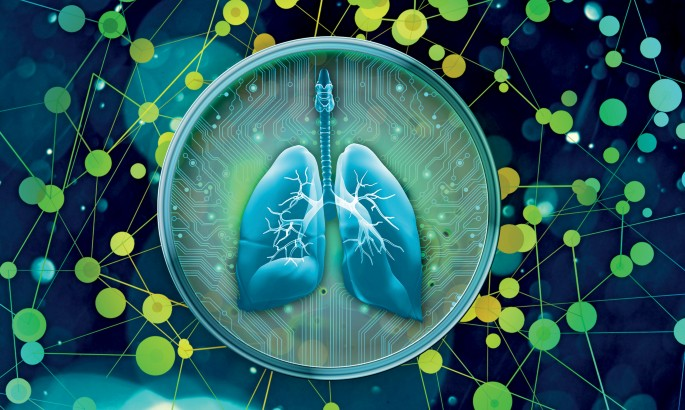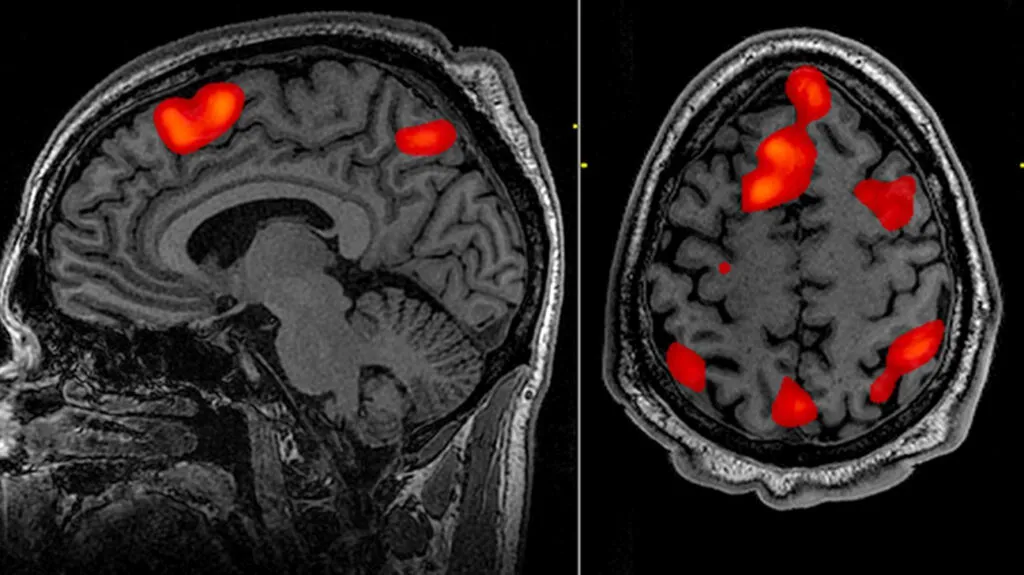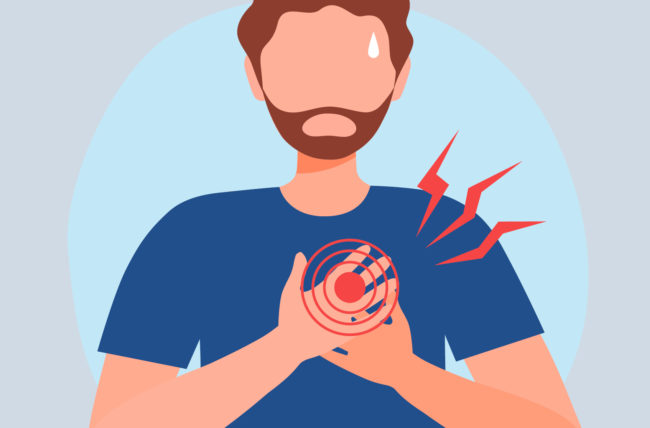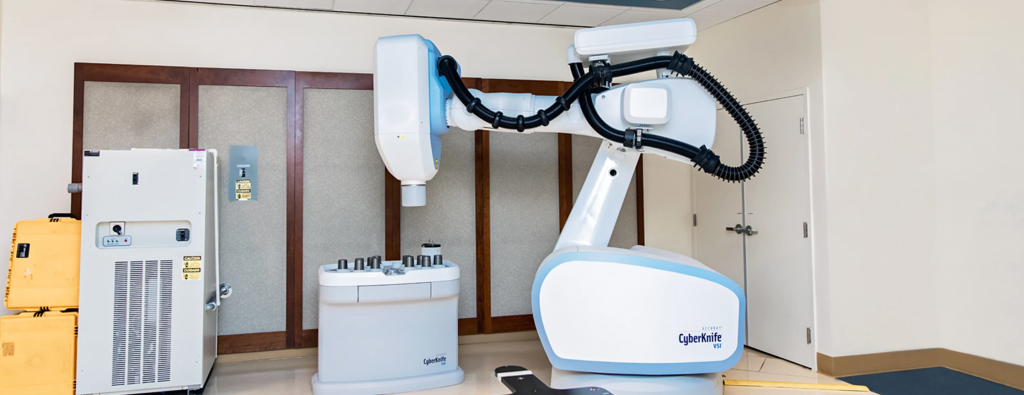Medical breakthroughs have the power to change lives forever. For those struggling with health issues, a medical breakthrough can give them hope for recovery and a chance to live life in a new way. With advances in technology, medicine is able to produce treatments that were unimaginable just years ago. From curing long-term diseases to greatly improving quality of life, medical breakthroughs are truly amazing and inspiring. These medical advancements not only help individuals but can also have a wider impact on society as a whole.
In a world of constant medical advancements, it is no surprise that medical breakthroughs have the potential to change lives forever. From life-saving treatments to modern technologies, medical breakthroughs are an essential part of healthcare and have revolutionized the way we think of medicine. In recent years, countless new developments in science and technology have created remarkable opportunities for progress in the field of medicine. This article will explore some of these incredible advancements and how they have changed people’s lives for the better.
Artificial Organs

The necessity for organ transplants to sustain life is constant due to mishaps, illnesses, and birth defects. Donating organs is the only choice we have right now. Although this is a fantastic technique to fix an issue, it is only achievable with a living or deceased donor.
Accepting an organ from someone else has a lot of emotional baggage, not to mention the anxiety that results from not knowing if the new donor will be welcomed or rejected.
Lab-grown artificial organs are the focus of endless time and financial investment. Despite the fact that understanding organ complexity is a difficult and laborious task, progress is being made.
HIV Treatments

Treatments for HIV, or AIDS, have advanced significantly since the disease’s start in the 1980s. The initial course of treatment involved a single regimen that was inefficient since it required numerous drugs to be given one at a time. Patients found it challenging to follow their schedules while taking so many medications, which had a variety of side effects.
HIV was able to alter or mutate through the use of monotherapies (single drug therapies), eventually developing a version that was resistant to the individual medications. In other words, the sickness was evolving an immunity to accessible medications.
Functional MRI

In order to determine which regions of the brain are responsible for particular functions, doctors can actually monitor changes in the brain’s cells, oxygen levels, blood flow, and neuronal function.
Researchers can evaluate the brain and spinal cord without intrusive procedures or the use of uncomfortable medication injections by examining the normal, ill, and wounded brains.
Controlling Heart Disease

Over the past ten years, heart disease-related mortality have decreased dramatically thanks to developments in the field of cardiovascular health.
A heart attack victim who is treated quickly can be successfully treated by using t-PA, a genetically modified tissue plasminogen activator, to dissolve the obstruction preventing blood flow.
The use of a stent, which is inserted into the artery, can then be used to open plaque in the blood arteries. The operation known as bypass surgery then replaces the damaged artery with a new one.
The survival rate of heart patients has significantly increased thanks to these developments.
Targeted Therapy in Cancer Treatment

Patients with cancer had only two options up until recently: chemotherapy and radiation therapy. These treatments not only target malignant cells but also healthy cells, which results in a brand-new set of issues.
The adverse effects are anticipated and are dealt with as they arise because, when given the choice between these types of treatment or no treatment at all, the likelihood of curing the cancer typically surpasses the consequences of having it.
Cyberknife

The cyberknife has made it possible to treat patients in completely new ways. Because of the less invasive approaches the cyberknife uses, surgeries that aren’t doable using conventional techniques might be possible.
The cyberknife attacks both cancerous and non-cancerous tumors by combining robotics and imaging. High doses of radiation are used to eliminate malignancies with extreme precision.
Cyberknife technology has several advantages;
Minimally harmful
Fewer postoperative recovery days
Fewer chances of infection
More efficient than standard surgery
Bionic Prosthetics

People who have lost limbs or were born without them now have the option to complete their bodies by adding a completely working prosthetic to the missing limb.
An app on an iPad or a PC can be used to position bionic limbs like hands, arms, feet, and legs.
These limbs are practical and feel as realistic as possible thanks to socket designs used in 3-D computer models.
Imagine the joy a little boy experiences when he is able to run once more thanks to a bionic limb, or the delight a young girl experiences when she can do her own hair and makeup for prom thanks to a bionic hand.




